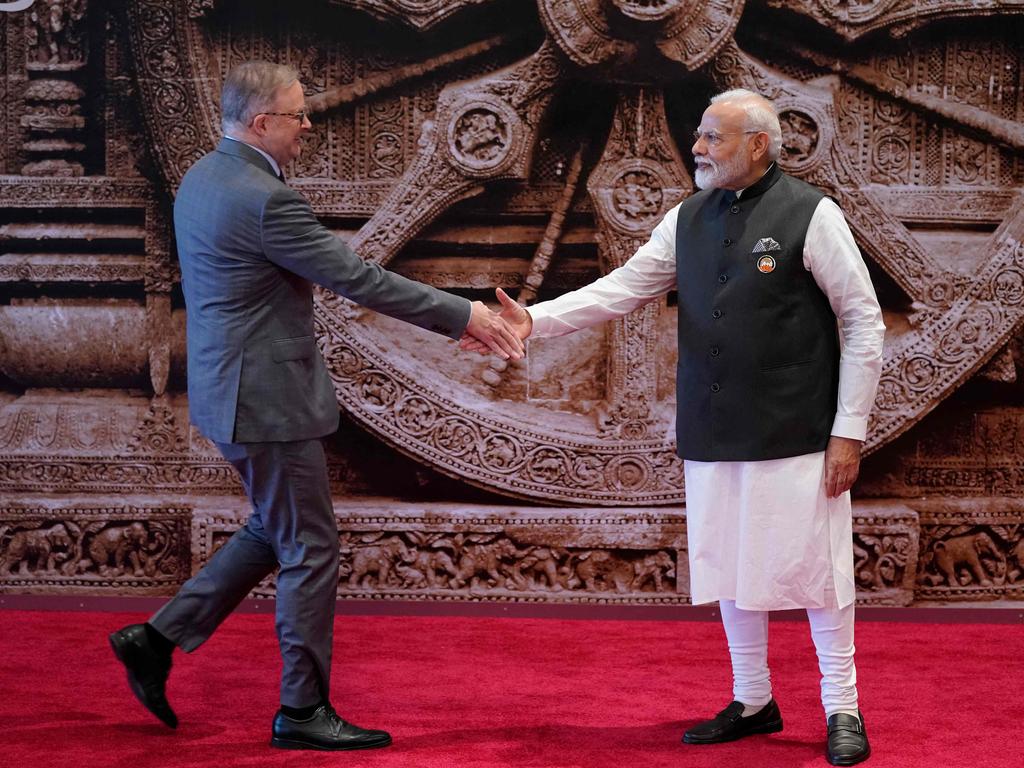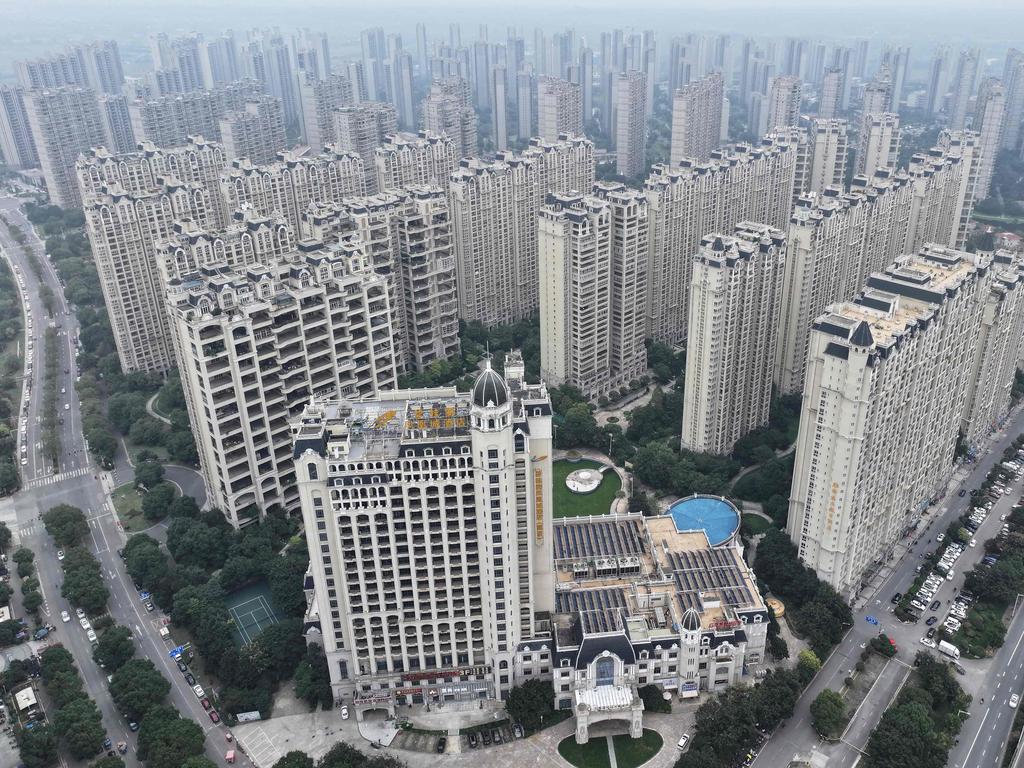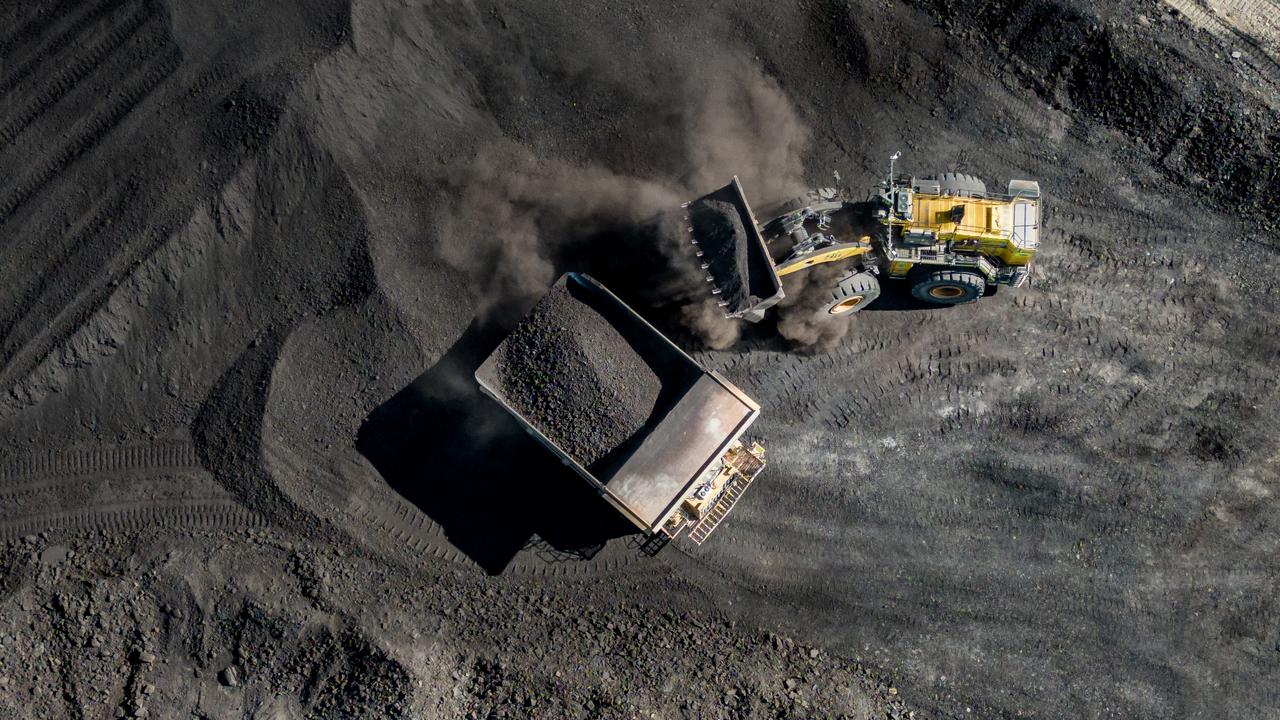New country Australia is using to become rich
The rise of this country to become an economic superpower is seeing Australia desperately trying to forge new ties.
In the long history of bilateral ties between Australia and India, relations have generally been warm between the two nations. In more recent years, amid the rise of India as one of the world’s largest economic powers and the growing Indian migrant population in Australia, the relationship between New Delhi and Canberra has taken on an even greater degree of importance.
The Albanese government in particular has been eager to strengthen ties between India and Australia. In May, Prime Minister Anthony Albanese attended a political rally in Sydney for Indian Prime Minister Narendra Modi.
“You have brought the spirit of the world’s biggest democracy to Australia,” Mr Albanese said of his “dear friend”.
“Prime Minister Modi is the boss!” he added.

According to an analysis from S&P Global and Morgan Stanley, India’s economy is set to become the third largest in the world by 2030. But from the perspective of Australia, will India’s rise help to offset weakness in sectors of China’s economy that Australia is most reliant on?
Overall, a larger Indian economy would benefit Australia in aggregate, but given the concentration of value in Australia’s largest export sectors, the impact of India’s economic rise may not benefit the nation’s economy to the degree that one might expect.
China vs. India: A profound difference in strategy
While both India and China have experienced extremely strong growth in their rise into the realm of the economic superpowers, the two nations economies are still quite far apart in terms of overall size and the strategy each set of policymakers is pursuing.
As of the latest data from the IMF, the Chinese economy is approximately 5.1 times larger than the Indian economy. China’s meteoric rise to become the second largest economy in the world saw demand for global commodities skyrocket, as the Chinese economy underwent the fastest industrialisation and urbanisation of a society in history.
Perhaps one of the best illustrations of this is that China used more cement in the three years between 2011 and 2013, than the United States did during the entire 20th Century.

But the explosive growth of the Chinese economy came at a cost. As Chinese demand for raw materials from across the periodic table skyrocketed, it became reliant on imports from all across the globe. In many different commodity markets from copper to soybeans, China is a larger importer than the rest of the world put together.
On the other hand, despite being extremely high by global standards India’s economic growth has been slower than China’s and there has arguably been a more successful push for self-sufficiency in India depending on the commodity in question.
Australia’s Most Valuable Export, That India Just Doesn’t Need
Perhaps the most notable example of this drive for self-sufficiency is the iron ore supply. Unlike China, which imports more iron ore than the rest of the world put together by a hefty margin.
In net terms, India has been a net exporter of iron ore several times in recent years and imports a minimal amount overall.
Despite representing a $132 billion dollar export market for Australia, unlike the rise of China which was built on a foundation imparted with billions of tons of Australian iron ore, the rise of India will not be a windfall to the nation’s most valuable export industry.
Meanwhile, a recent analysis by ANZ Research predicted that the peak of annual Chinese steel production occurred in 2020. With the growing usage of scrap steel to increasingly fuel China’s construction sector and industrial economy in the years and decades to come, the lack of a replacement for this vital source of demand presents a significant challenge for the Australian economy and its policymakers.
Peak steel in for China? Could be given the overhang of inventory that exists in residential property. @ANZ_Research chart. pic.twitter.com/9PNFdLrMF0
— David Scutt (@Scutty) August 24, 2023
Australia’s biggest value export to India
As things currently stand, Australia’s most valuable export to India is coking coal, which is used to fire blast furnaces to make steel. In 2021 India imported 56 million tons of coking coal from Australia, representing 84.8 per cent of its total imports.
Through this particular avenue Australia has benefited handsomely from India’s rise as an industrial power. However, like other commodities, India is looking to be as self-sufficient as possible, both to minimise outflows of US Dollars (which most commodities are priced in) and to insulate its economy from potential upheaval in global supply chains.
Currently Indian coking coal production is growing at a significantly faster rate than steel production, slowly decreasing New Delhi’s reliance on imports. Earlier this year the Indian government instructed the Ministry of Coal to adopt a target of 140 million tons of domestic coking coal production by the end of the end of the 2030 Indian Financial Year. This represents an increase of 88 million tons per year, significantly more than the 66 million tons per year that India currently imports.

If the Indian government’s target is achieved, it would significantly reduce Indian demand for Australian coking coal.
On the other side of the coin in China, the increased use of scrap steel and the decline of the property sector has left the long-term outlook for steelmaking commodities like coking coal highly uncertain.
Unlike the iron ore market where China is heavily reliant on Australia, China sources most of its coking coal requirements domestically or from its immediate neighbours such as Russia or Mongolia. But this raises an interesting question, if the peak of Chinese steelmaking is in the rear-view mirror, where does Russian and even domestic Chinese coking coal production get redirected to and what does that do to global prices?
The outlook
While the rise of India will likely benefit Australia’s economy in aggregate over the long term, when it comes to some of the nation’s biggest ticket exports it’s quite a different story. The Indian government’s push for self-sufficiency and self-reliance may not assist in Australia’s attempts to reduce its reliance on China’s construction and property sectors.
For now, the future of some of the nation’s biggest ticket exports remains in the hands of Beijing and there is little sign that New Delhi is willing or able to take on that mantle.






